About Asakusa Fuji Asama Shrine
Creation
During the Edo era when Fuji faith was the most popular, Mt. Fuji worship was a lifelong dream for the Edo people. However, at that time the traffic situation was bad, and "Fuji lecture" aimed at the reverence of Mt. Fuji was formed, and the Asama Shinto shrine was ordered throughout the country. On June 1st (currently July 1st) at Mount Fuji, people who can not visit Fuji visited each local Asama Shrine. Our company was established as such Mt. Fuji Wild place. Initially, it was transferred to the current location (Asakusa 5-chome), which was a moraic small hill similar to Mt. Fuji in the old days due to the life of the shogunate, after being submitted to Miyoshi-cho in the present Kuramae It is said that.
Although detailed construction date is unknown, it is estimated that it is founded in the Genroku year (1688 to 1703) according to the building note discovered from our main hall, but the torii are drawn in "Edo picture" before the Genroku year, The future task is how to interpret this neighborhood.
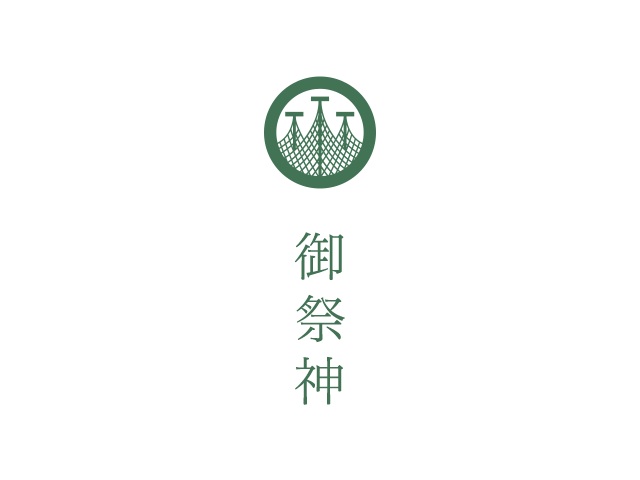
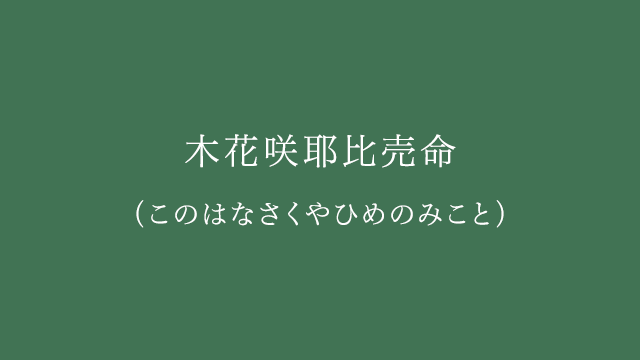
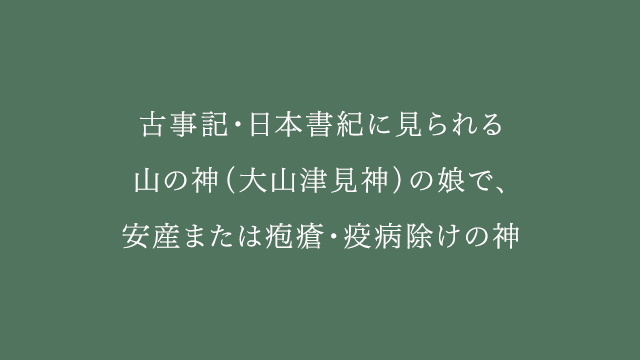
History
In the Edo era that the company was rebuilt is an era of Shinto and Buddhism studies, the shrine itself was managed by Shuzenji of Asakusa Temple as a Fuji gist at that time in the thought that the Buddha appears secularly in the form of God . After that, he left the jurisdiction of Shuzenji due to the policy of separation of Shin Buddha and Buddha of the Meiji Restoration, and since then Meiji 6, he is currently concurrently serving as Asakusa Shrine.
Company
The shrine building built in the year of the Meiji era was burned down, leaving the main building of the museum built in the previous air raid in Tokyo. Inside the Kannon door of the main hall there is a stucco sculpture of the descent dragon which seems to be a work before and after Meiji Restoration. The current shrine was rebuilt in 1998 by the Shrine Bonenkai and other Atsushi people's efforts, and in April 2002, stone-made Tamagaki was dedicated and completed.
Festival date
例大祭 7月1日 植木市 5月6月最終土日の4日間 令和4年 植木市5月28日(土)29日(日)・6月25日(土)26日(日)
Currently the festival day of Asakusa Fuji Asama Shrine is July 1st of the day of Mt. Fuji Yamaguchi, and the planting city, which is considered as the day of festival, will be held on the last Saturday and Sunday of May and June. In the city of Ueki, about 60 plants of street trees lined up mainly in Yanagidaru, creating a bustle in the beginning of summer.
Fuji-sama's fair fair, Uki city

昔の祭日は5月晦日(みそか)と6月朔日(ついたち)で明治以降は富士山の山開きが7月1日になったので、6月晦日と7月朔日にも行われるようになった。合計4日間の珍しい祭日となっている。 縁日になると、周辺の道路に色々物売りが出、明治以降は六郷家の下屋敷跡を中心に植木市が立つようになり、ちょうど入梅の時で植木を移植するのに最好期 にあたり、お富士様の植木市で買った木はよくつくと言い伝えられ、次第に盛んとなった。現在では5月・6月の最後の土日に柳通りを中心に植木屋がならび、時ならぬジャングルを現出している。ちなみに平成20年の浅草警察署の調査では4日間の人出は延30万人と云われている。
Wheat straw serpent

The straw-wrapped snake is a reputation as a spirit since it was announced by Hojinaga (about 250 years ago) by Komagome's farmer Kihachi, as a dream, excluding plague, spreading as a watershed for relaxation, as well as in Asakusa It became as to be.
富士土産舌はあったりなかったり 古川柳
It is a phrase meaning that I dropped the tongue made of a reddish tree attached to a barley straw in a crowd, until the early Showa period where the bustle of the pilgrims is known, it is distributed as a plant of Uki city in the prefecture However, disappeared after the war.
そもそも蛇という生き物は、古来日本において水神である龍の使い(仮の姿)であると考えられ、水による疫病や水害などの災難から守ってくれると信仰されていた。 水は人間の生活に決して欠かせない命の源であり、蛇をモチーフにした麦藁蛇を水道の蛇口や水回りに祀ることにより、水による災難から守られ、日々の生活を無事安泰に過ごせるとされている。
This time, it was carried to reproduce the wheat straw serve as the defense of Asakusa Fuji Asama Shrine for the purpose of maintaining this lost customs / culture and succeeding it to future generations. It is distributed between Ueki City in May and January 3 from New Year's Day.
Fuji faith
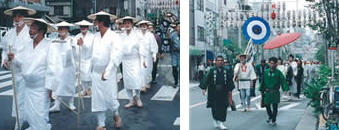
Faith in Mt. Fuji was popular all over the country and the Asakusa Fuji Asama Shrine's recommendation and the organization of Fuji lecture were done throughout the country, and on June 1, mountain opening of Mt. Fuji, people who can not visit Fuji visited each local Asakusa It is said that he visited Fuji-Suma Shrine. Therefore it seems that they initially pursed their flesh by taking clouds, wearing white coats and taking a picture from the dawn, after the Genroku, especially the children's visits increased, and the scattered It is said that he went on a pilgrimage with hair.
【富士塚 浅草富士】
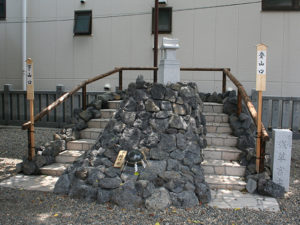 富士塚は富士の霊験を信仰する人人が富士山を遙拝する為に江戸時代に多く造営された塚であり、関東一円各所に点在しています。
この浅草富士は、その遙拝を目的に多くの方に浅草観音裏を周遊頂き、同地域の活性化と当社の御縁日である「植木市」の隆盛を願い、元々富士山に似た小高い丘であった当社境内地に、平成28年6月に氏子・崇敬者の手により建立されました。
富士塚は富士の霊験を信仰する人人が富士山を遙拝する為に江戸時代に多く造営された塚であり、関東一円各所に点在しています。
この浅草富士は、その遙拝を目的に多くの方に浅草観音裏を周遊頂き、同地域の活性化と当社の御縁日である「植木市」の隆盛を願い、元々富士山に似た小高い丘であった当社境内地に、平成28年6月に氏子・崇敬者の手により建立されました。
Asakusa Fuji Sengen Asaka Shrine Conference Room
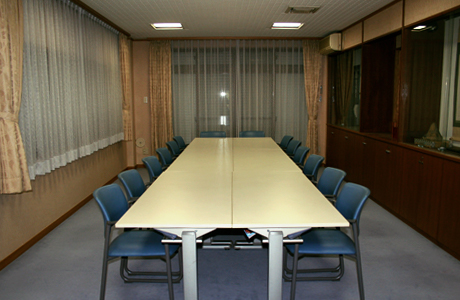
浅草富士浅間神社の会議室を貸し出しています。 ご利用をご希望の方は下記をご覧ください。
Meeting room overview
| location | 5-3-2 Asakusa, Taito-ku, Tokyo (opposite Asakusa Police Station) |
|---|---|
| access | 東京メトロ銀座線浅草駅徒歩10分 東武伊勢崎線浅草駅徒歩10分 都営地下鉄浅草線浅草駅徒歩13分 つくばエクスプレス浅草駅徒歩15分 |
| Time spent | 9:00~18:00 祭礼などで使用出来ない日もございます。 |
| Seating capacity | 16 people |
| Usage fee | 1,000 yen / hour |
| Notes | 1)館内は禁煙となります。 2)利用に際し出たゴミは原則お持ち帰り下さい。 |
| Application method |
I will receive it at Asakusa Shrine. Please contact us below. 【お問い合わせ】 浅草神社 住所:東京都台東区浅草2-3-1 TEL:03-3844-1575 |
Terms of service
If you wish to use it please read the following terms of service and apply.
1、利用日および利用時間 1)利用日 無休(年末年始・浅間神社大祭を除く) 2)利用時間 午前9時~午後6時まで 3)その他、神社の都合により、ご利用できない日もございますので、ご了承下さい。
2、お申し込みの受付開始日 利用日の3ヶ月前から受付を開始し、利用日一週間前の午後4時30までとします。
3、申込方法 1)浅草神社社務所にて受付を行います。 浅草神社 住所:台東区浅草2-3-1 TEL:03-3844-1575 2)当社指定の会議室利用申込書に、利用日時、人数、目的など必要事項をご記入頂きます。尚、内容によってはお断りさせて頂く場合がありますので、あらかじめご了承下さい。
4、利用料のお支払いについて 1)利用料は、当日お支払いとなります。
5、予約の取り消しについて 予約を取り消す場合には、必ずご連絡下さい。
6、利用についての注意事項 1)危険物の持ち込みはお断りさせて頂きます。火気の使用についてもご遠慮下さい。 2)会議室内は禁煙となっております。 3)利用に際し出たゴミは原則お持ち帰り下さい。
7、利用制限 以下に該当する場合は、利用をお断りするか、中止させて頂く場合がございますのでご留意願いします。又、ご利用中止により発生する損害についての賠償責任は負いかねますので予めご了承願いします。 1)申込書の内容が、事実と異なる場合 2)公の秩序及び風俗を乱す恐れがあると認められた場合 3)周囲に迷惑を及ぼす疑いがあると当社が判断した場合 4)当社の許可なしに物品の販売、募金行為を行った場合 5)施設・備品を損傷する恐れがあると認められる場合 6)その他、施設管理、運営上支障があると認められる場合 7)暴力団とその関係者、その他反社会団体のご利用の場合
8、免責・損害賠償 1)利用に伴う盗難・紛失及び人的事故につきましては、当社では一切責任を負いかねますので予めご了承下さい。 2)館内の施設・設備その他備品について、汚損、破損、紛失した場合は、速やかに当社へご連絡下さい。利用者に起因する損害については、賠償をお願いする場合がございます。